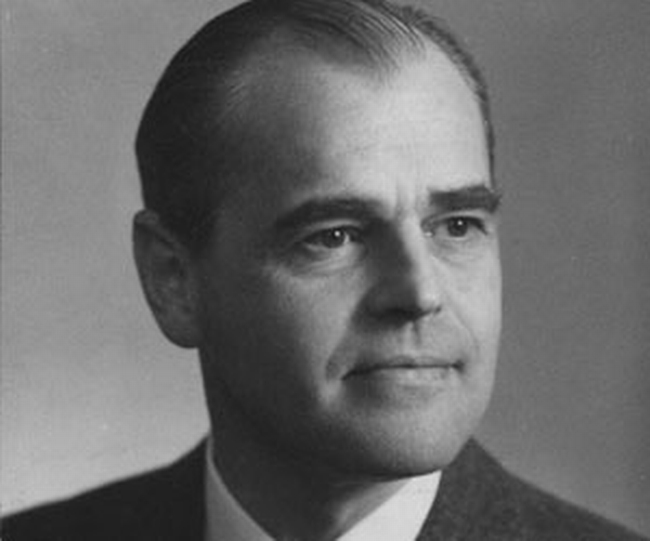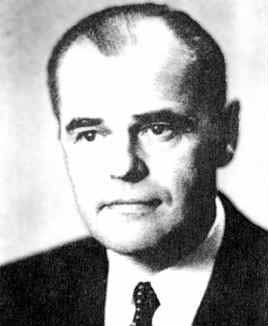<Back to Index>
- Mathematician Arne Carl August Beurling, 1905
- Architect Hugo Alvar Henrik Aalto, 1898
- Prime Minister of Spain Juan Negrín y López, 1892
PAGE SPONSOR


Arne Carl-August Beurling (February 3, 1905 – November 20, 1986) was a Swedish mathematician and professor of mathematics at Uppsala University (1937 – 1954) and later at the Institute for Advanced Study in Princeton, USA.
Arne Beurling worked extensively in harmonic analysis, complex analysis and potential theory. The "Beurling factorization" helped mathematical scientists to understand the Wold decomposition, and inspired further work on the invariant subspaces of linear operators and operator algebras, e.g. Håkan Hedenmalm's factorization theorem for Bergman spaces.
In the summer of 1940 he single - handedly deciphered and reverse - engineered an early version of the Siemens and Halske T52 also known as the Geheimfernschreiber (secret teletypewriter) used by Nazi Germany in World War II for sending ciphered messages. The T52 was one of the so-called "Fish cyphers", that, using transposition, created nearly one trillion (893 622 318 929 520 960) different variations. It took Beurling two weeks to solve the problem using pen and paper. Using Beurling's work, a device was created that enabled Sweden to decipher German teleprinter traffic passing through Sweden from Norway on a cable. In this way, Swedish authorities knew about Operation Barbarossa before it occurred. Not wanting to reveal how this knowledge was attained the Swedish warning was not treated as credible by Soviets.
This became the foundation for the Swedish National Defence Radio Establishment (FRA). The cypher in the Geheimfernschreiber is generally considered to be more complex than the cypher used in the Enigma machines.
Arne Beurling was the doctoral advisor of Lennart Carleson and Carl-Gustav Esseen.
Beurling's great - grandfather was Per Henric Beurling (1758 (or 1763) – 1806), who founded a high quality clock factory in Stockholm in 1783.